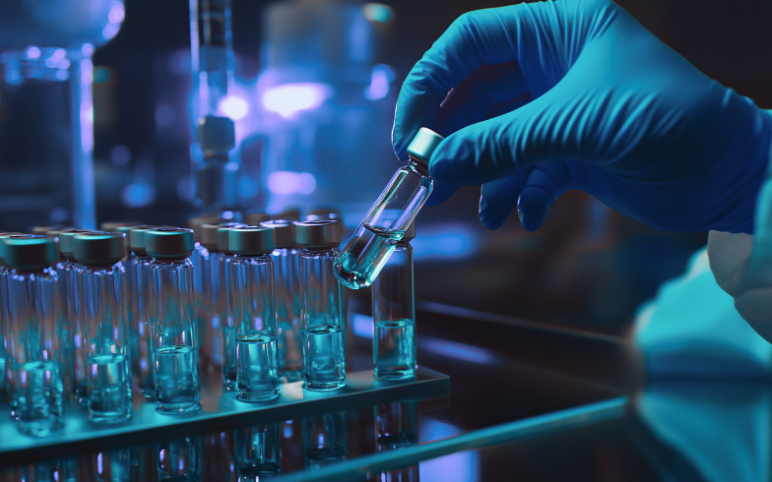The study tried four dose levels of VIR-2218 in 24 patients who were getting nucleos(t)ide reverse transcriptase inhibitor therapy to prevent the hep B virus from replicating. The patients received two doses of the drug—20, 50, 100 or 200 mg—a month apart. After half a year, all four doses led to reductions in HBsAg, the surface antigen that displays whether a person is infected with hepatitis B. The size of the effect grew with the size of the dose, with the 200-mg dose performing the best.
Abbott launches coronavirus antibody lab test
After developing a high-throughput assay and a quick point-of-care test, Abbott is now launching its third COVID-19 diagnostic, aimed at detection of a person’s antibodies to the novel coronavirus.
The blood test is designed to be run in a centralized laboratory using the company’s Architect analyzer hardware, which Abbott informed that it is already in use at about 2,000 U.S. facilities and can give between 100 and 200 results per hour. The device maker also schedules to expand the use of the test to its newer line of Alinity instruments.
Serology tests like these can be utilized to deliver a deeper understanding of the virus’s spread and can notify whether a person has previously had the disease or not. This could also help estimate how long protective antibodies last within the body following an infection. The test specifically recognizes the standard bloodstream antibody immunoglobulin G or IgG.
Reprogrammed skin cells repair vision in mouse models
The loss of light-sensing cells in the retina called photoreceptors is related to several eye diseases, including age-related macular degeneration (AMD), which is a leading cause of blindness in older age. Many approaches have done to restore light-sensing cells that have coaxed stem cells to become photoreceptors.
The researchers at National Institutes of Health’s National Eye Institute (NEI) have developed a new technique that they contemplate could be used to reinstate photoreceptors without stem cells. They utilize the chemicals to transform skin cells squarely into rod photoreceptors as reported in the journal- Nature.
The researchers commenced by bathing skin cells in five chemicals known to mediate the molecular pathways of photoreceptors. That led to cells that looked and functioned like rod photoreceptors—and that were set to be implanted into mice in 10 days. It was a quicker process than the six months or so that it takes to persuade induced pluripotent stem cells to transform into photoreceptors.
Moma Therapeutics focuses on molecular machines
Moma Therapeutics received USD 86 million from the likes of Third Rock Ventures to go after molecular machines methodically, a family of more than 400 enzymes that others have only got by chance.
Molecular machines are a prosperous target class that function to move things around the cell, utilizing the energy that comes from the hydrolysis of ATP as said by Tim Guzi, Ph.D., Moma’s drug discovery chief. They range from DNA helicases and chromatin remodelers that govern genetic expression, to transporters, which transfers materials inside cells and across membranes.
Others have drugged molecular machines before, including Vertex Pharmaceuticals that has developed multiple drugs that target a transporter, which causes cystic fibrosis due to mutations in the gene that encodes it. The drugs that are approved Kalydeco (ivacaftor) as well as gastroesophageal reflux disease (GERD) med omeprazole and chemo drug etoposide highlight the promise of Moma’s approach.



